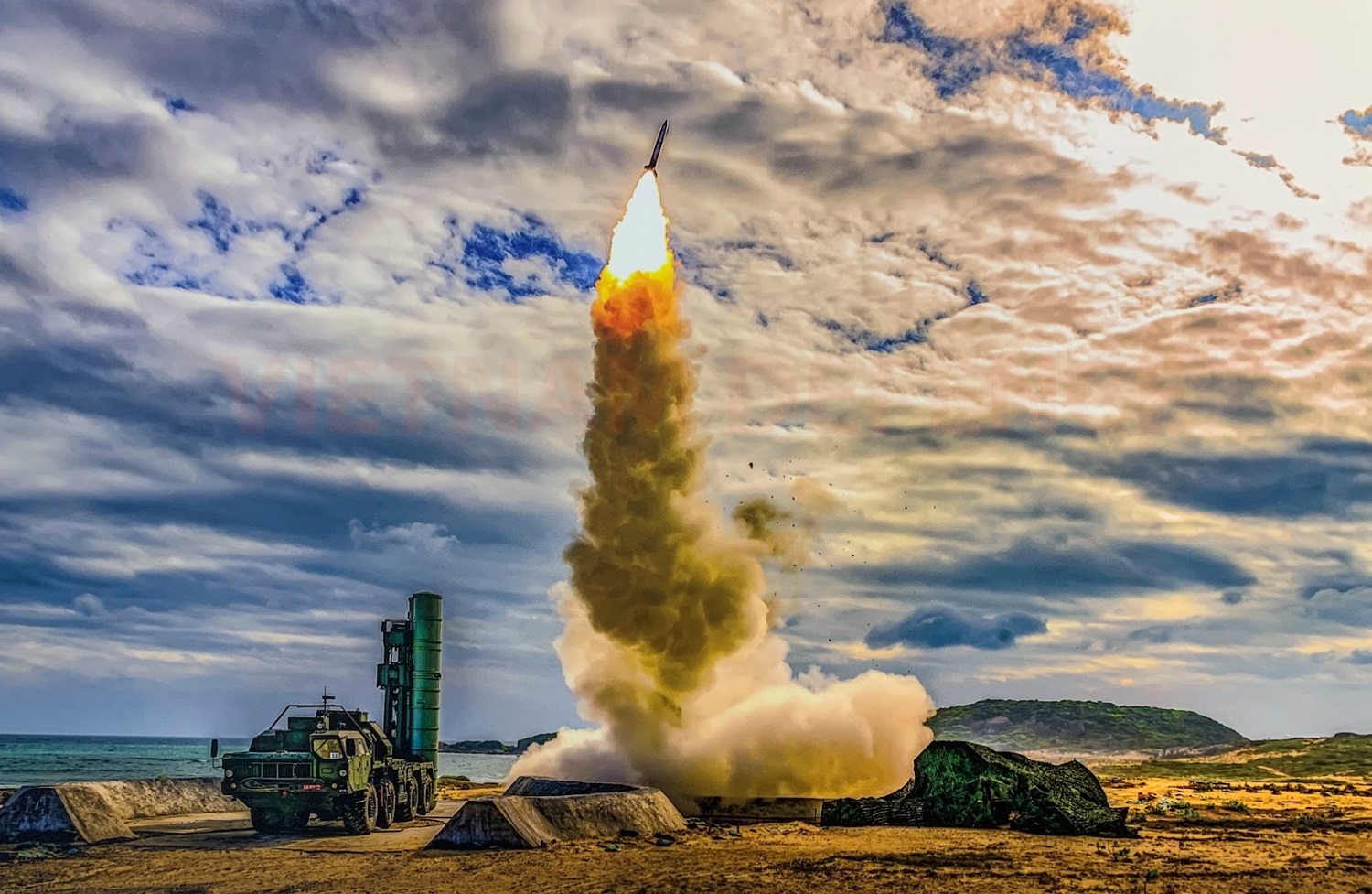The Vietnamese Air Defense Force achieved a major breakthrough by successfully launching the first S-300 PMU-1 missile after two decades of acquiring two S-300 PMU-1 complexes from the Russian Federation. Vietnam Defense social media account reported that this historic achievement demonstrates Vietnam’s commitment to enhancing its air defense capabilities and fortifying its national security. The S-300 PMU-1 missile, identified as the 48N6E, boasts an impressive range of 150 kilometers and is capable of reaching altitudes of up to 27 kilometers. Each missile comes with a hefty price tag of up to 1 million USD per shell, highlighting the sophistication and effectiveness of this air defense system. Vietnam made its initial investment in the S-300 PMU-1 systems back in 2003, when they acquired two complexes comprising a total of 12 launchers. The purchase amounted to nearly $300 million and was followed by the acquisition of the RLS 96L6 radar system after 2009. In 2012, Vietnam further bolstered its air defense capabilities by acquiring the S-300 PMU-2.
The S-300, known by its NATO reporting name SA-10 Grumble, is a renowned series of long-range surface-to-air missile systems originally developed by the former Soviet Union. Designed by NPO Almaz, these systems were created to protect against air raids and cruise missile threats. To this day, the S-300 remains one of the most formidable anti-aircraft missile systems in active use. Countries such as Russia, Ukraine, Bulgaria, Greece, China, and Iran have incorporated the S-300 into their defense arsenals. This fully automated system combines advanced targeting radars and a central command post, which filters out false targets, providing unmatched precision and accuracy. The missile’s maximum range from the command post can extend up to 40 kilometers, ensuring a wide coverage area.
The S-300PMU-1, known as SA-20A Gargoyle in NATO terminology, was introduced in 1993. It brought with it the introduction of the 48N6 missiles for land-based systems, preserving the performance improvements of the S-300PM version, including enhanced speed, range, Semi-Active Radar Homing (SAGG) guidance, and anti-ballistic missile (ABM) capabilities. This variant featured a slightly smaller warhead, weighing 143 kilograms, and introduced the more capable 30N6E TOMB STONE radar. One of the most striking features of the S-300PMU-1 is its ability to utilize different missile types within a single system. In addition to the 5V55R and 48N6E missiles, this air defense system can deploy two new missiles: the 9M96E1 and 9M96E2. These newer missiles are significantly smaller in size, weighing 330 and 420 kilograms, respectively, and carrying a smaller 24-kilogram warhead. The 9M96E1 has an engagement range of 1 to 40 kilometers, while the 9M96E2 can engage targets at a distance of 1 to 120 kilometers.
The S-300PMU-1 is typically equipped with the 83M6E command-and-control system, which incorporates the 64N6E (BIG BIRD) surveillance and detection radar. The fire control, illumination, and guidance radar used is the 30N6E, optionally paired with a 76N6 low-altitude detection radar and a 96L6E all-altitude detection radar. The 83M6E command-and-control system can manage up to 12 Transporter Erector Launchers (TELs), including both self-propelled 5P85SE vehicles and towed 5P85TE launchers. Support vehicles like the 40V6M tow vehicle are also included to facilitate the antenna post’s installation. This successful firing of the S-300 PMU-1 missile marks a significant stride forward for the Vietnamese Air Defense Force and underscores their commitment to maintaining a robust defense infrastructure. It also highlights the effectiveness and versatility of the S-300 air defense system, which continues to be a critical component of national security for multiple nations around the world.















